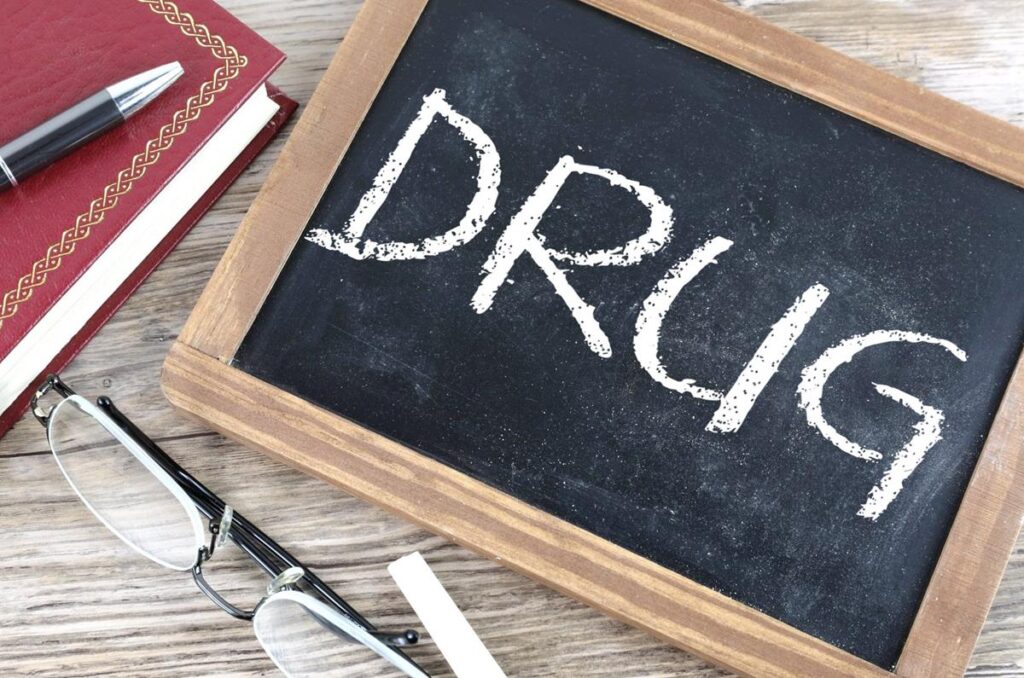By: Dr. Christine Han, School of Pharmacy
In the healthcare industry, the top priority is always safety. Historically, this was recognized over 50 years ago when the Poison Prevention Packaging Act was enacted, requiring various household substances to be in child-resistant, tamper-evident packaging. Important regulatory health agencies support this idea. According to the FDA, tamper-evident packaging is defined as “having one or more indicators or barriers to entry which, if breached or missing, can reasonably be expected to provide visible evidence to consumers that tampering has occurred.” Furthermore, USP Chapter <797> also weighs in on this idea, recommending the use of tamper-evident packaging to add an additional measure of security.

Understanding Security Challenges
While tamper-evident packaging seems to be an obvious necessity in community pharmacies, its importance may not be realized in hospital inpatient pharmacies. To better understand diversion, the BD Institute for Medication Management Excellence commissioned KRC Research, a global public opinion research consultancy, to conduct a national survey of more than 650 hospital executives and providers to better understand hospital-diversion perceptions, behaviors, and solutions. The results showed that 85% of providers are concerned about hospital drug diversion and 50% report observing suspicious activity, but fewer than 20% believe it is a problem in their own facility.
Hospital pharmacies incorporate tamper-evident packaging to mitigate drug diversion. Oftentimes, when controlled substances are compounded into IV formulations, specific tamper-evident locks are required for syringes. In cases where the entirety of the drug is not used, there is rigorous documentation to ensure it is all accounted for.
Industry Groups Support Drug Safety
Key organizations also promote safe medication practices through the issuance of guidance documents. For example, the American Society of Health-System Pharmacists has issued guidelines on preventing medication errors in hospitals. While not specifically related to tamper-evident packaging, these guidelines address the importance of medication packaging in maintaining safety. To minimize errors, the guidelines recommend strategies for using look-alike medications; some of these techniques include purchasing products from different manufacturers in different-size containers and storing the drugs in separate areas. Other bodies, such as the International Health Facility Diversion Association, also promote medication safety and mitigate diversion.
Tools to Defeat Diversion
Private industry also has a stake in bolstering drug security. International Medical Industries (IMI), for example, promotes pharmacy productivity and safety while it simultaneously works to prevent drug diversion. IMI offers a product line known as Prep-Lock™ Tamper Evident Caps, which is designed to optimize safe drug delivery by providing tamper-evident sealing for drug-delivery devices. Prep-Lock™ Tamper Evident Caps include protection for various drug formulations and devices, such as IV syringes, medication cassettes, and IV bags. This product line reduces the risk of compounded sterile preparations becoming compromised during storage and transportation.
The importance of products such as IMI’s Prep-Lock™ Tamper Evident Caps cannot be understated; they offer a simple yet incredibly effective mechanism for standardization of drug protection. As the healthcare industry continues to battle drug diversion and contamination, IMI’s Prep-Lock™ Tamper Evident Caps may help to strengthen drug-security programs.


